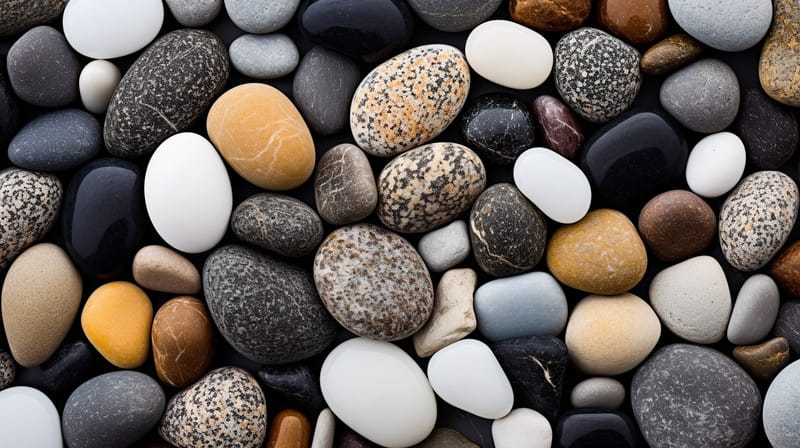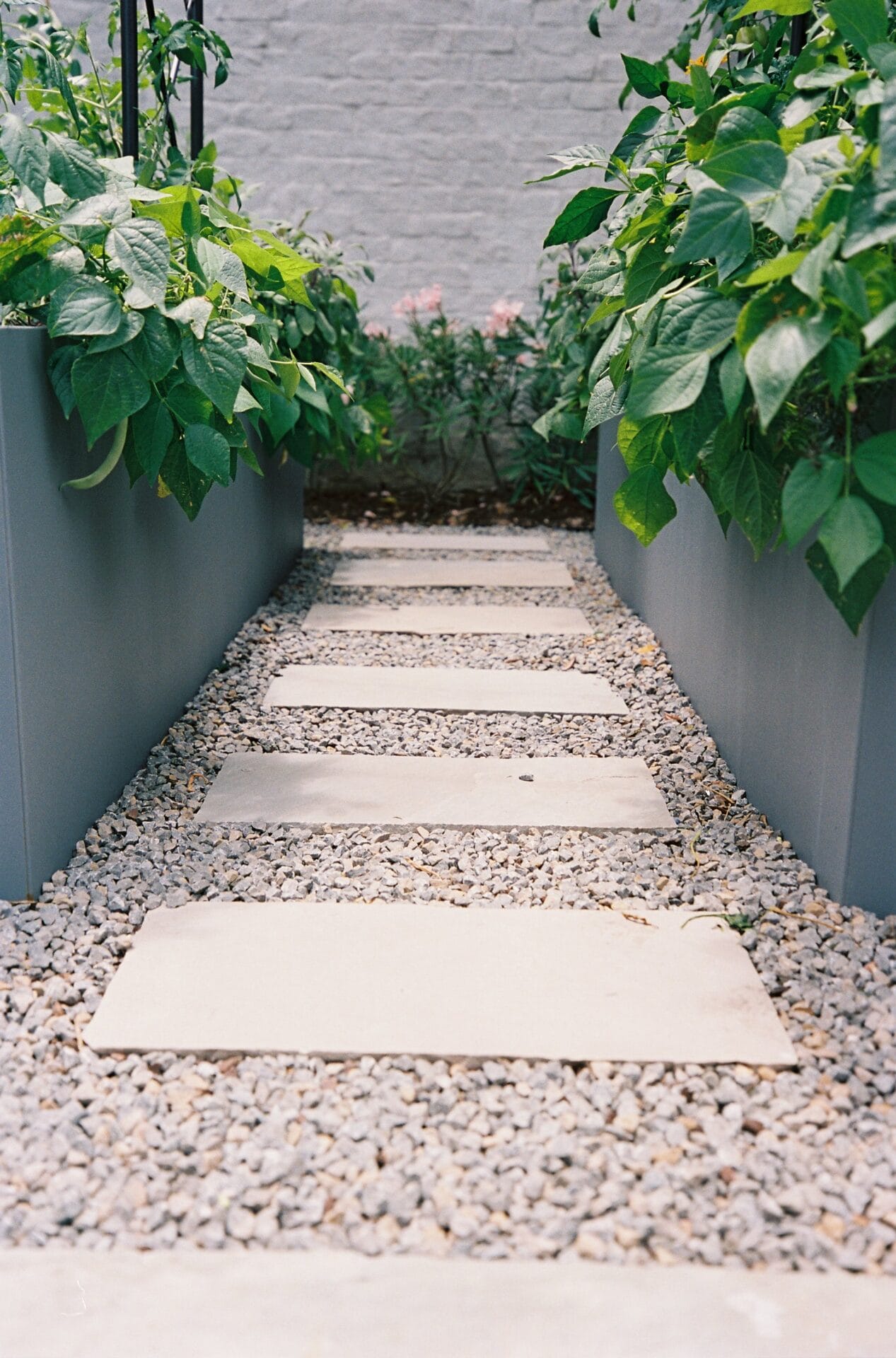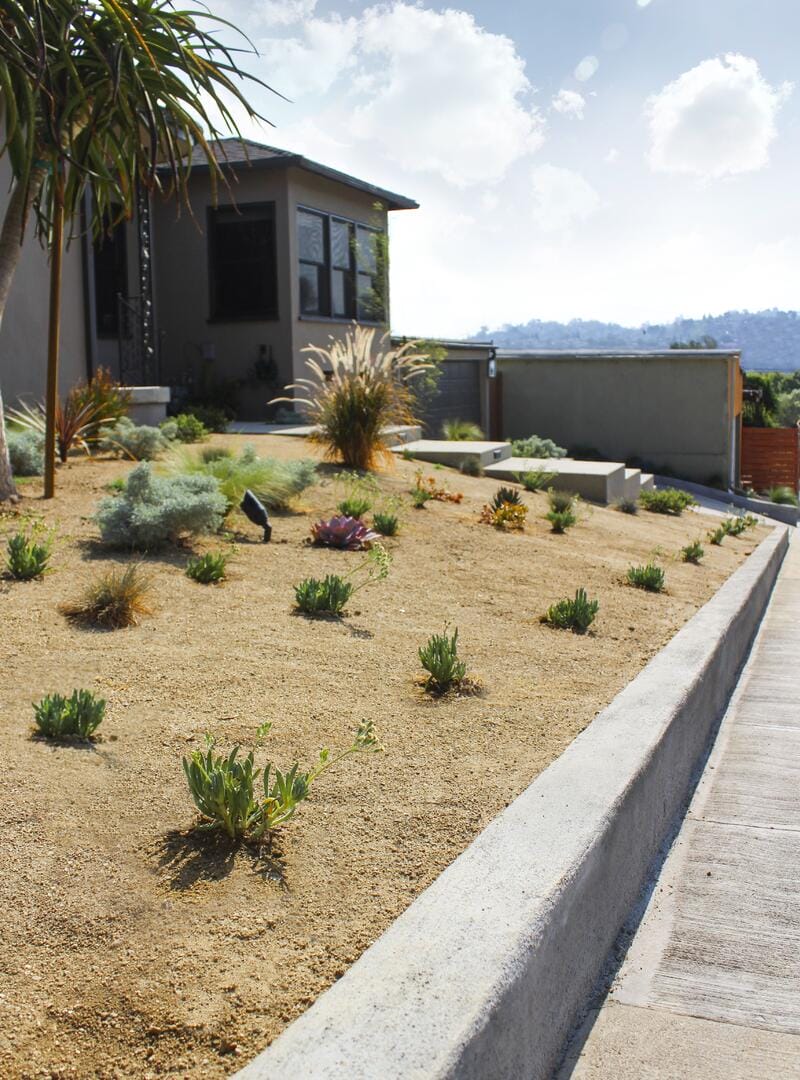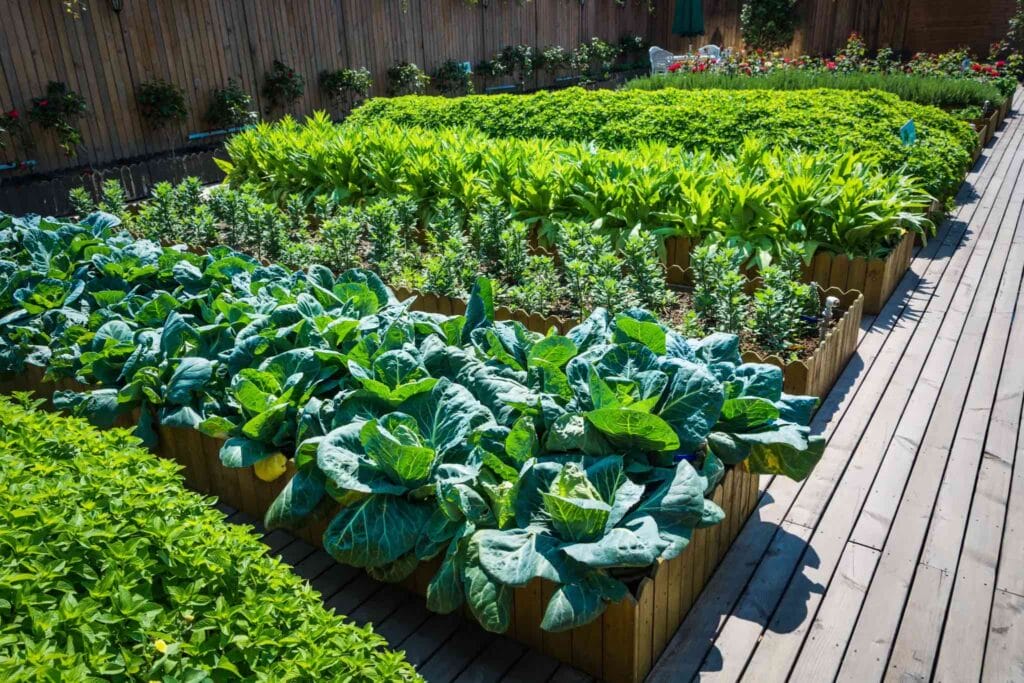Title: Integrating Edible Plants into Your Austin Landscape Design
By Innovation Grounds
Austin is known for its vibrant food culture and commitment to sustainability, making it the perfect city to incorporate edible plants into your landscape design. Whether you’re looking to enhance your garden’s beauty or create a more functional and productive outdoor space, integrating edible plants into your Austin landscape design offers numerous benefits. In this post, we’ll explore how to successfully blend edible plants with traditional landscape elements, creating a stunning and functional garden design with edibles.
Why Choose Edible Landscaping in Austin?
Edible landscaping in Austin offers a unique opportunity to combine aesthetic beauty with practicality. By growing your own fruits, vegetables, herbs, and even edible flowers, you can create a beautiful and productive garden that provides fresh ingredients right at your doorstep. Austin’s climate, with its hot summers and mild winters, is perfect for growing a wide variety of edible plants.
Incorporating edible plants into your landscape design does more than just provide food—it promotes sustainability. It reduces your carbon footprint, encourages local food production, and minimizes water usage by selecting drought-tolerant and native plants suited to the region’s conditions. Moreover, edible landscaping can attract pollinators like bees and butterflies, which contribute to the overall health of your garden.

Designing a Functional Landscape with Edibles
One of the key principles of edible landscaping in Austin is creating a functional landscape that is both beautiful and productive. Here are some tips to seamlessly integrate edible plants into your garden design:
1. Plan Your Garden Layout
Begin by carefully planning your garden’s layout to ensure that edible plants fit well within the overall design. This includes deciding where you want to place raised beds, fruit trees, and herb gardens while also considering sun exposure, water drainage, and plant spacing. When designing your garden with edibles, make sure to place sun-loving plants, such as tomatoes and peppers, in areas with ample sunlight, while more shade-tolerant plants like leafy greens can thrive in areas with partial shade.
2. Incorporate Edibles into Flower Beds
You don’t have to dedicate a large section of your yard to edibles. Instead, consider incorporating edible plants into existing flower beds. Herbs like basil, thyme, and oregano not only add texture and color to your flower beds but are also practical for cooking. You can also blend flowering edible plants such as nasturtiums or calendulas for a pop of color and culinary interest.
3. Use Vertical Space
In a city like Austin, where space can be limited, vertical gardening is an excellent way to maximize your landscape design. Consider installing vertical structures such as trellises or arbors to support climbing plants like cucumbers, beans, or even certain varieties of tomatoes. These plants will not only save space but also add height and visual interest to your landscape.
4. Create a Permaculture Garden
Permaculture is all about creating sustainable, self-sufficient ecosystems that mimic natural processes. By adopting permaculture principles in your garden design with edibles, you can create a low-maintenance landscape that requires less water, fertilizers, and pesticides. Incorporate a variety of edible plants such as fruit trees, berry bushes, and perennial vegetables like asparagus and artichokes that provide food year after year.

Best Edible Plants for Your Austin Landscape
Austin’s unique climate offers the perfect growing conditions for a wide range of edible plants. Some of the best options for edible landscaping in Austin include:
- Herbs: Rosemary, sage, thyme, and mint thrive in Austin’s climate and make excellent additions to any garden.
- Fruit Trees: Citrus trees (like lemon, lime, and orange), fig trees, and pomegranates are well-suited for Austin’s hot summers.
- Leafy Greens: Kale, spinach, and arugula are easy to grow in Austin’s cooler months.
- Vegetables: Tomatoes, peppers, and eggplants perform exceptionally well in Austin’s warm weather.
- Berries: Blackberries, strawberries, and blueberries are great for adding a burst of color and flavor.

Benefits of Edible Landscaping in Austin
Integrating edible plants into your landscape design offers multiple benefits. Not only does it provide fresh, homegrown food, but it also adds visual interest, supports biodiversity, and promotes sustainability. Edible landscaping allows you to enjoy the beauty of your garden while harvesting healthy, organic produce from your own backyard.
By carefully planning your garden design with edibles, you can create a functional landscape that enhances the aesthetics of your Austin property while providing practical and sustainable food sources. Whether you’re a seasoned gardener or just starting out, edible landscaping is a rewarding and eco-friendly way to transform your outdoor space.

Conclusion
Edible landscaping in Austin is more than just a trend—it’s a practical and sustainable way to create a beautiful, functional garden. By incorporating a variety of edible plants, you can design a space that reflects your values of sustainability and local food production while enjoying the beauty of your surroundings. Whether you’re aiming for a full-scale vegetable garden or simply adding a few edible herbs and fruits to your existing landscape, the possibilities are endless in Austin’s climate. Start planning your edible landscape today, and enjoy the rewards of fresh, homegrown food right in your own backyard!



